Help your students self-assess their understanding of a skill using their fingers with this 4-finger learning scale.
What is a 4-finger Learning Scale?
A four-finger learning scale is a quick, formative assessment tool that teachers use to help students self-assess their understanding of a skill using their fingers. Each finger represents a different level of comprehension, allowing students to easily communicate their confidence and understanding to their teacher. Here’s how it works:
- One finger = I don’t understand. I need a lot of help.
- Two fingers = I understand some of this skill. I may need some help.
- Three fingers = I understand this skill and can do it by myself.
- Four fingers = I understand this skill, and I can teach it to a friend.
Use it at the end of a lesson to gauge your class’s overall understanding quickly and identify which students need additional support before moving on to the next concept.
When Should You Use the Four-Finger Learning Scale?
This is one of those teacher tools you will want to keep in your back pocket due to its versatility and handiness. Here are just a few ways you can utilise this scale in your classroom:
- After introducing a new concept – use this scale to check your student’s initial understanding right after you complete the direct instruction portion of your lesson. This will allow you to quickly identify who needs your attention during the guided practise portion of the lesson.
- During guided practice – whilst your students are working on practice problems or a group activity during the guided practice portion of your lesson, have them use this scale to show their confidence level. This will allow you to provide targeted support where necessary.
- Before moving to independent practice – ask your students to use the scale to assess their readiness before moving on. If many students show they need more help, pull a small group to offer additional support or mark the lesson for reteach and take the class through a different activity instead of moving on.
- At the end of a lesson – use the scale as a quick exit ticket at the end of a lesson to assess your students’ understanding of the lesson overall. This can inform your planning for the next day and who you need to continue to work with in small groups.
- Before assessments – this scale is the perfect way to identify your students’ confidence level before they take a test or quiz. Then, provide any last-minute reviews or support they may need.
Using this scale consistently will help your students develop a habit of self-assessment, encouraging them to take ownership of their learning.
How to Introduce the Four-Finger Learning Scale to Your Class
Introducing this learning scale to your students as a formative assessment is quick and easy. Follow these 4 simple steps:
- Introduce the scale to your students by projecting the poster onto the screen. Explain the purpose of the scale and what each number represents.
- Model the process with your students. Provide examples of when they might use each number.
- Practise using the scale with familiar concepts. For example, ask students to show you with their fingers their understanding of reciting the ABCs. Then, try asking them to show you their understanding of reciting the ABCs backwards. You will want to remind students that the goal is to help everyone learn, so it is important that they are honest each and every time. Emphasise that it’s okay not to understand everything immediately and that the goal is to learn and improve.
- Give each student a 4-finger learning scale bookmark to keep at their desk while learning what each finger represents. Why not print the black and white version on bright-coloured paper, making it easier to find in those messy desks?
Once you have practised the technique with your students, begin to implement it consistently in your classroom. Be sure to carefully observe your students’ responses and use the information to guide your instruction. If many students show one or two fingers, consider reteaching the skill or providing additional support in small groups. If you notice a specific student consistently showing low understanding, follow up with them individually.
Now That You Know How it Works – DOWNLOAD!
Click on the dropdown menu located on the Download button to choose between the two file formats—editable Google Slides or printable PDF. Each version comes with a colour poster, four colour student bookmarks, and four black-and-white student bookmarks.
This resource was created by Brittany Collins, a teacher and Teach Starter Collaborator.
More Formative Assessment Ideas
Are you looking for more formative assessment ideas? Here are some of our Teach Starter teacher team’s favourites!

teaching resource
Emoji Themed Self-Assessment Desk Cards
A set of four emoji themed self-assessment cards for students to reflect on their learning and display on their desk to indicate the level of teacher support they need.

teaching resource
Exit Tickets Template
An exit ticket template to ascertain your students' understanding of concepts you have just covered.
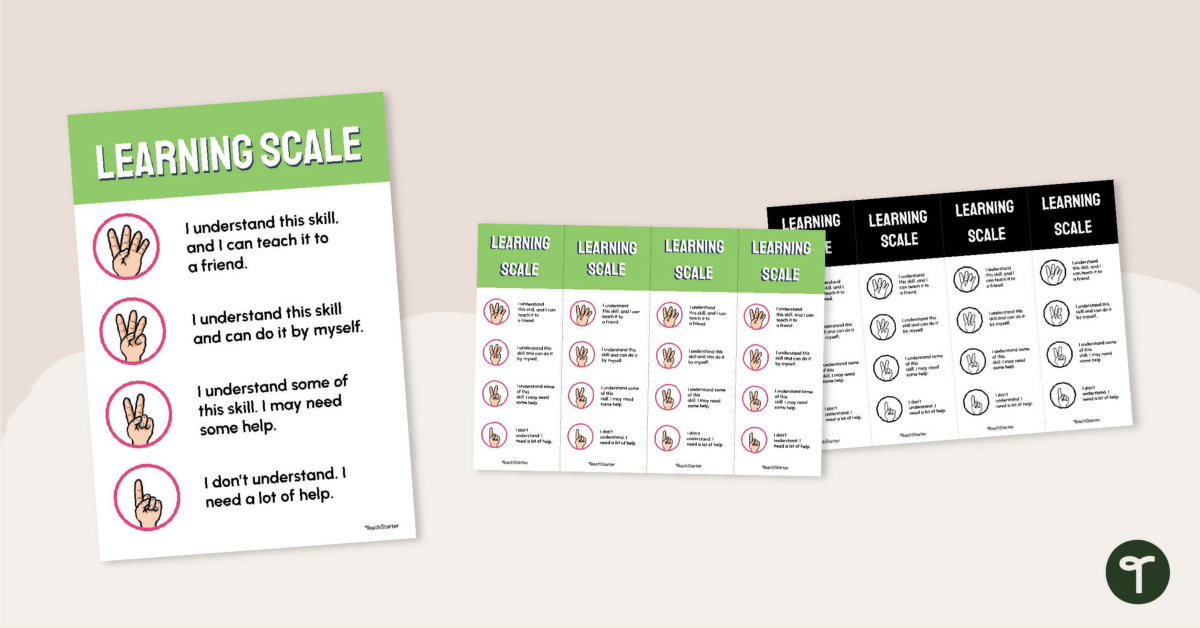


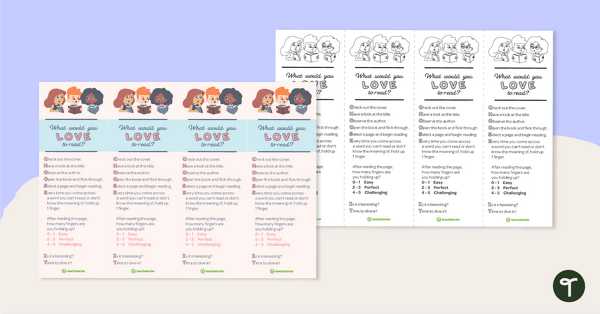
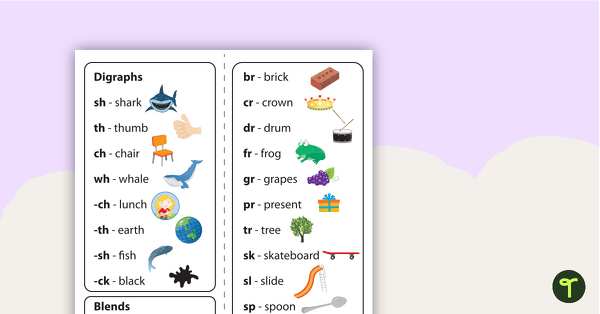
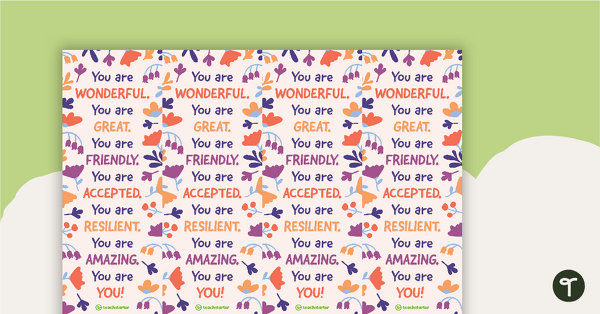
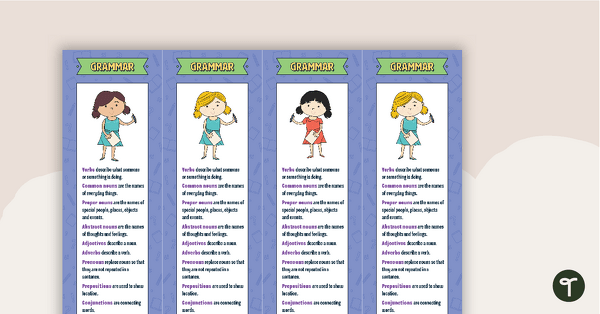
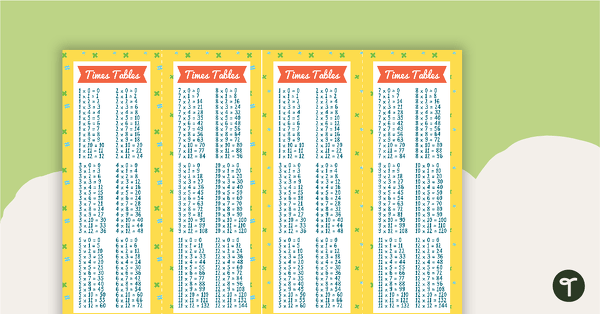
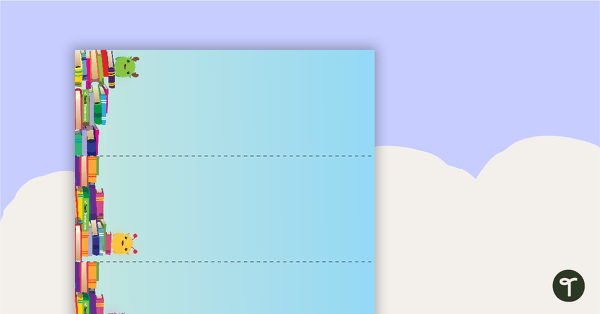
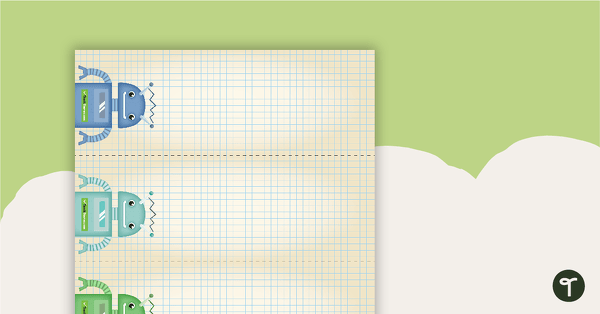
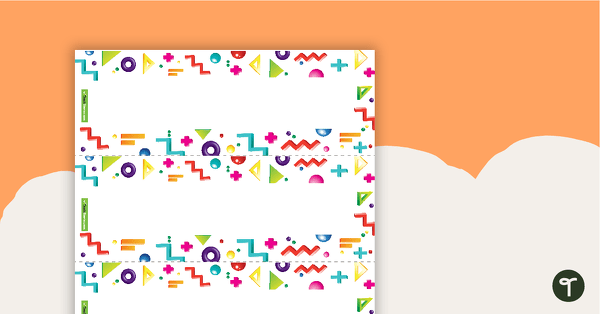

0 Comments
Write a review to help other teachers and parents like yourself. If you'd like to request a change to this resource, or report an error, select the corresponding tab above.